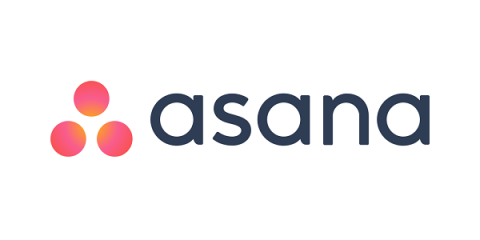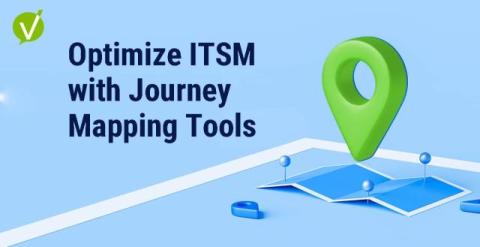Swissport's Centralised AWS Alarm Management with HaloITSM Integration
As industry leaders, Swissport is all about driving operational excellence through smart, innovative solutions; and by working together with HaloITSM, they’re setting new standards for cloud infrastructure management – making operations more efficient, reliable, and safe. Their latest achievement? A cutting-edge integration between AWS services and HaloITSM that enhances efficiency, boosts safety, and ensures seamless cloud operations across Swissport’s global infrastructure.










